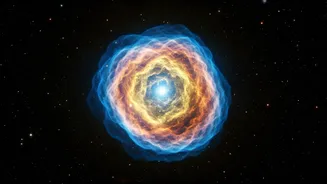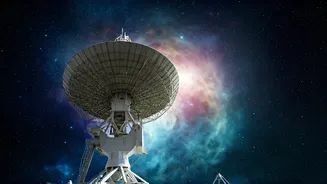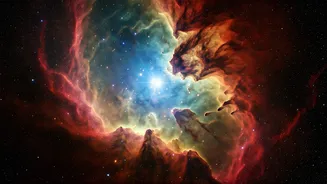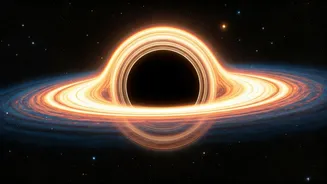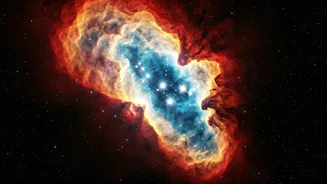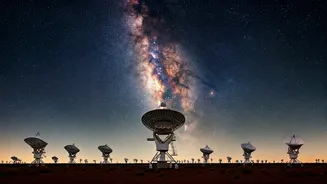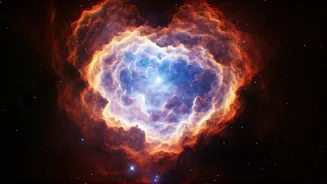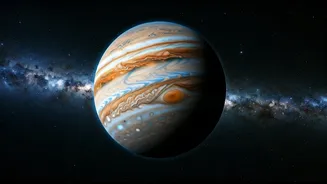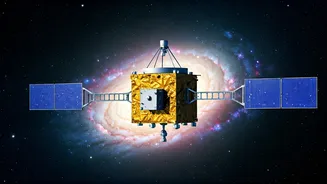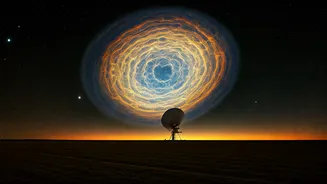Clues from Earth
The journey to understand the universe’s age began with examining Earth's oldest rocks. Scientists understood that these rocks held clues about the initial
formation of the solar system and, indirectly, the universe itself. By precisely dating these rocks, they could get a sense of how much time had passed since the universe's beginning. The process was much like archaeologists dating ancient artifacts. It involved analyzing the decay of radioactive elements within the rocks. The rate at which these elements break down acts as a cosmic clock, providing a way to estimate the age of the rocks and, by extension, the age of the solar system. This method offered an initial, yet vital, piece of the puzzle, laying the foundation for further investigation into the universe's timeline.
Stellar Evolution's Secrets
Beyond Earth, astronomers turned their gaze toward the stars, particularly those massive, bright ones known as giant stars. These stellar giants offered another crucial piece of the puzzle. Studying their lifecycle, including the way they burn fuel and evolve over time, gave scientists important data. Scientists measured the composition and luminosity of these stars. By comparing these properties with theoretical models, scientists could estimate the age of the stars themselves. Then, by examining star clusters, groups of stars born around the same time, scientists could get a more accurate idea of stellar ages. The more they observed and understood about the lifecycle of stars, the more precisely they could infer the age of the universe.
Cosmic Microwave Background
Another key approach in determining the age of the universe involved studying the cosmic microwave background (CMB). This background radiation is essentially the leftover heat from the Big Bang, the event that marked the universe's beginning. Scientists studied the CMB's properties, such as its temperature and fluctuations. These details provide crucial details about the early universe, allowing scientists to estimate how long the universe has been expanding and evolving. Much like analyzing ripples in water to understand the source, the patterns in the CMB give insights into the early universe. This method offered a way to cross-reference data from other sources, reinforcing the scientific confidence in the age of the universe.
Expanding Universe Dynamics
The universe is constantly expanding, and the rate of this expansion gives another method to calculate the universe's age. Scientists observe distant galaxies and measure how fast they are receding from us. This recession speed is directly linked to the expansion rate, known as the Hubble constant. Measuring the Hubble constant accurately is an ongoing process involving sophisticated telescopes and techniques. By understanding how the universe expands, scientists can essentially rewind the cosmic clock. They can project backward to the point where everything was concentrated at the origin, thus calculating the age of the universe. This method, combined with others, helps refine the age estimates, providing a more reliable picture of cosmic history.
A Combined Approach
The final picture of the universe's age comes from combining all of these methods. Each one offers a different perspective on cosmic time, but the reliability increases when they align. The age estimates derived from Earth's rocks, stellar evolution, the cosmic microwave background, and the expansion rate all need to be consistent. Scientists use sophisticated computer models and statistical analysis to cross-verify the results from each method. This integrated method helps account for the uncertainties associated with each technique. The convergence of these independent lines of evidence gives scientists increasing confidence in the age of the universe. The current consensus, based on this combined research, puts the universe's age at roughly 13.8 billion years.


